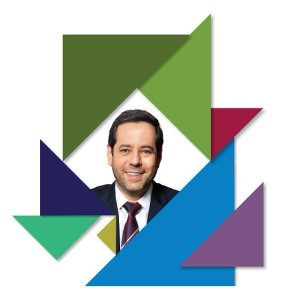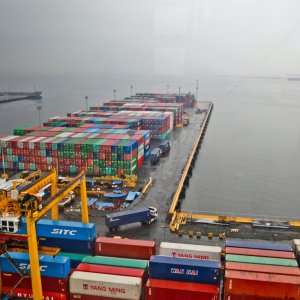How to Take Health Advertising to Excellence

STORY INLINE POST
Q: What gaps are authorized third parties like TAAP filling in the industry?
A: TAAP helps ease the burden on COFEPRIS regarding advertising oversight, especially after the arrival of digital media. Another area that needs to be addressed is the lack of knowledge surrounding the regulatory framework for advertising. Big advertisers do not need the absolute support of an authorized third party because they know the rules; however, there are many advertisers who do not even know they are regulated. As authorized third parties, we have the obligation to educate advertisers on what is regulated and what is not.
Q: What responsibility do authorized third parties have in the health industry?
A: For constitutional purposes, an authorized third party is the authority, which is why we are subject to the liability law of public servants. In addition, companies must pass through a number of filters to receive authorization from COFEPRIS. First, the company must demonstrate its knowledge and ability to comply with the work. Second, the company cannot be linked to additional businesses because that could entail a conflict of interests. Sometimes customers feel they have the right to obtain our approval just because they pay for our service, but we are an official authority figure. We have to educate the market because we are not intermediaries, we make verdicts.
Q: What consequences do pharmaceutical companies face because of a lack of guidance in the regulation of advertising?
A: When the authorities recognize an unauthorized ad, they ask for its removal and perhaps impose a fine. The most serious consequence is the confiscation of products. The discovery of an ad that has not been authorized could also jeopardize the approval of the product. Research, manufacturing, distribution, commercialization and advertising are covered by health regulations. Therefore, a mistake in one of these links can affect another.
Q: How can authorized third parties contribute to improve the commercial opportunities available to advertisers?
A: Advertisers must regulate their own creative processes. Sometimes, advertisers arrive with the TV production ready, but a grammatical detail in the ad or a gesture in the image can derail the authorization. The ideal is to prepare a proposal with a storyboard before producing the final product. The worst thing that can happen to an advertiser is to produce a campaign, fail to obtain authorization, which prohibits the campaign from going forward, and to receive a fine as a consequence.
Q: How is the relationship between authorized third parties and COFEPRIS?
A: The market is very happy with the work of authorized third parties and how we work with COFEPRIS. After the authorized third parties were chosen, more people joined the discussion regarding the regulation of advertising. We are learning from COFEPRIS and they are learning from us, which is making criteria more transparent, equal and understandable.
Q: What are the main challenges in regulation?
A: Our regulation has been kept up to date since at the beginning it was thought for media traditions that today are out of trend. Therefore, it is confusing to deal with new types of advertising. For example, online media have become a challenge. An image or an ad for radio and television can be analyzed quickly and is likely to receive approval within hours. With digital advertising everything is more difficult, since other factors come into play and with the new digital platforms campaigns are everywhere. Before, advertising was very clearly defined; it was for products or services. Today, one of the main modes of advertising is institutional advertising, which promotes brands without products. There is no regulation for this type of advertisement and we are applying the same rules as if it was a product.






















